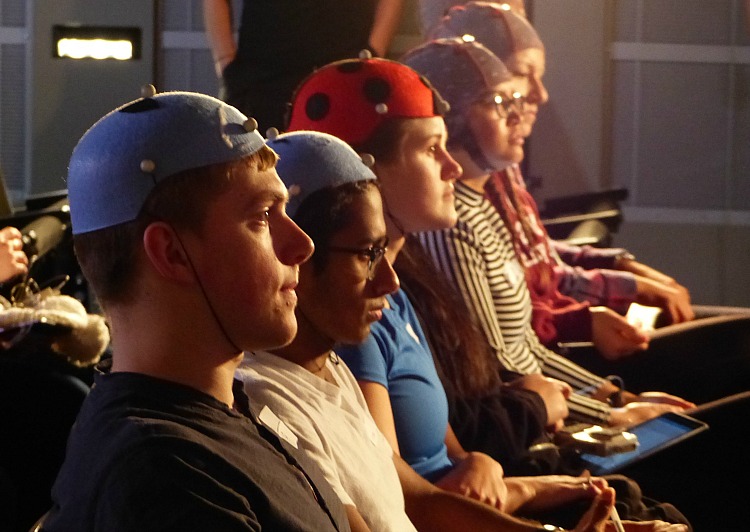This week’s episode of Mohawk Girls is jam-packed, so I apologize now for the length of this recap. However, whilst depicting a celebration this episode actually deals with a very serious and ongoing contentious issue. So, first a bit of background before we get to the “meat” of it (sorry, I couldn’t resist).
The title of this week’s episode “Marry Out Get Out” refers to a band policy that still exists in Kahnawa:ke. In short, since 2010 if a band member of Kahnawa:ke marries someone who is non-Indigenous, they face eviction. The motivation behind this policy is to ensure that the Mohawk bloodline does not die out and it also prevents the non-Indigenous from taking advantage of tax exemptions afforded to those of Indigenous heritage. This summer, this issue gained public notice in the news, coinciding with the filming of this current season. Members of the community are understandably divided on this issue, since as we all know, sometimes you cannot help who you fall in love with, as is/has been the case with our fab four.
With all of that in mind, we begin this week with Watio (Jimmy Blais) and Bailey (Jenny Pudavick) clashing heads once again. Both of them are feeling pressured to be people that they aren’t. Compromises seem to require more and more work for these two. Bailey did manage to snag a good Mohawk man but, she is still second guessing herself. Is she compromising a happy future, just to ensure she marries Mohawk?
The Marry Out Get Out policy also overshadows the scenes featuring Caitlin (Heather White) and Leon (Dwain Murphy). Team Cailon go shopping for an engagement gift for Bailey and Watio, but conversation quickly revisits the argument Caitlin had last week with her father (Lawrence Bayne). She explains the pressures she is facing culturally and socially because they are a mixed-race couple. Leon completely gets it and we can cue the adorable #Cailon moments again. Seriously, who finds a guy as amazing as Leon?


The heartbreak this policy causes is showcased with Anna’s (Maika Harper) scenes. She attends the eviction protest in support of those in favour of the Marry Out Get Out contingent. (Did everyone catch that the protest was at co-creator/co-director Tracey Deer’s “house”?). But her heart is clearly not in it. Her own parents faced this same dilemma which has led to Anna not fully fitting in in Kahnawa:ke.
Now we know Mohawk Girls can’t be entirely serious when we have the physical comic talents of Brittany LeBorgne playing Zoe. Tonight, Zoe has clearly fallen off her sex addiction wagon. The threat of losing the thrill that dom Henry (Marc Trottier) provides proves too much to bear. Zoe scrambles for forgiveness but now she is more tightly bound—heh get it? bound—to Henry. Anyway, Henry issues his order and despite its interference with her campaigning, Zoe follows through. LOL Brittany hun! That is a big standing “O” for the bar scene with Ohserase (Shawn Youngchief). You two went for it and delivered!
Finally, all of our ladies show up at the engagement party and life for Caitlin gets even more complicated. Butterhead (Meegwun Fairbrother) turns up his interest a notch, and even steals a kiss from unsuspecting Caitlin. Talk about confusing! And we get a great scene with Sose (Glenn Gould); I wish we had more Sose this season! He is one of my fave characters! He lets Anna know how disappointed he is in her and she leaves in tears. Is this finally the sense that Anna needs?
OK everyone, we only have two episodes left! What do you think is in store for us? Are Bailey and Watio actually going to get married? Will Zoe get elected chief? And what the heck is Caitlin going to do about Butterhead and Leon? Let me know in the comments below!
Mohawk Girls can be seen Tuesdays at 9:30 p.m. ET on APTN. If you happen to miss the episode you can catch up here.
Save
Save
Save
Save









